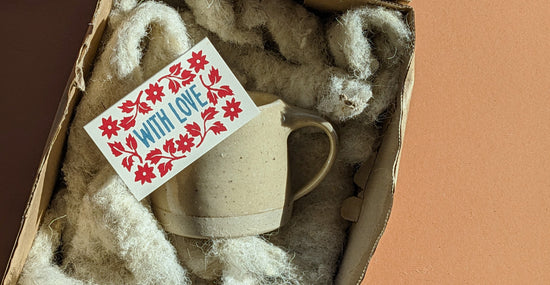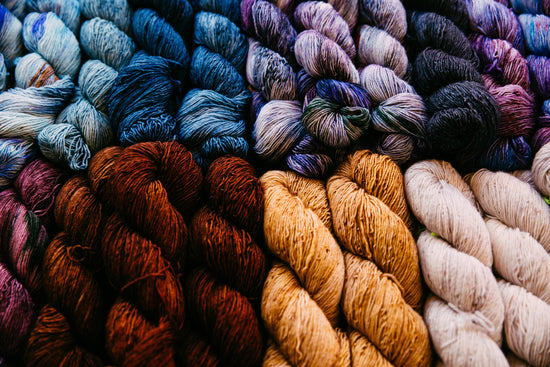In the 21st century, the world of agriculture stands increasingly removed from our everyday lives. This wasn’t always the case; for centuries before us farming was intrinsically linked with everything part of life.
But because of this distance, it can be easy for us to make assumptions or ignore things that make us feel uncomfortable.
This article will take a look at sheep shearing: an often misunderstood topic that most of us are far removed from. It is by this process that WoolShip can access and create its product, so it is only natural for us to explore this process and offer some clarity on it.
Why do sheep need shearing?
Domestic sheep can’t shed their own coat. If a sheep’s coat isn’t removed, they are at risk of overheating, discomfort and disease.1 In the summer months, sheep could die due to the heat if they aren’t shorn.
An overgrown coat can cause all sorts of problems. The weight of it can prevent a sheep from walking, grazing and keeping up with the flock for protection. Wool can grow over a sheep's eyes and cause ‘wool blindness’ - impairing a sheep’s vision.1 It can also prevent lambs from nursing from their mother’s teats. Parasitic species can also live in a sheep’s unshorn coat and cause disease, pain and even death.
Shearing sheep also acts as treatment and prevention for disease as parasitic species can live in a sheep’s unshorn coat.
For these reasons sheep are shorn annually in the spring, before the heat hits. The process acts as treatment and prevention of disease. Shearing in spring also allows enough time for the sheep to regrow their coats for the colder winter months.
Is sheep shearing harmful to sheep?
The answer to this isn’t clear-cut. And this is often where shearing can be misunderstood.
If not done appropriately, shearing sheep can cause stress and pain to the animal. However, industry guidance exists to minimise this and educate farmers on how to best care for their livestock.
Farmers and shearing contractors aim to limit discomfort for the sheep. This can be done by working quickly to reduce stress and keeping sheep calm before shearing.
Whilst the sheep can experience distress during the shearing process, veterinarians and agriculture experts would agree that by not shearing sheep you cause far more discomfort - and risk disease and death too.
Therefore, any short-term pain caused to the sheep during shearing far outweighs the potential for long-term harm by not shearing sheep.
What happens to the wool?
Sheep shearing is necessary for the livestock’s health. Given this, sheep farmers would pay for their sheep to be shorn every spring regardless of whether they can sell the wool.
The current demand for British wool is low. As a result, the profit gained from selling wool rarely covers the cost of shearing.
This is something that Jonny, a British sheep farmer, talks about in his interview with us.
When the farmers sell their wool, the wool is graded by the British Wool board, and the value of the wool depends on the grade. The wool is then cleaned and stripped of lanolin, which is a by-product with many different health benefits. After that it is processed according to its final destination. High quality grades are used in clothing, whilst lower graded wool may be used in carpets or insulation.
One of the great things about wool is that it can be reused again and again, reducing waste and making it even more environmentally friendly.
Why is WoolShip invested in wool?
Wool is a natural by-product of sheep shearing, which makes it a more environmentally friendly option than synthetic alternatives.
Here at WoolShip we want to promote British wool by using it to create sustainable woollen packaging options. This increases product demand and therefore the profit that farmers receive.
Take a look at the woolly products we have on offer today.





